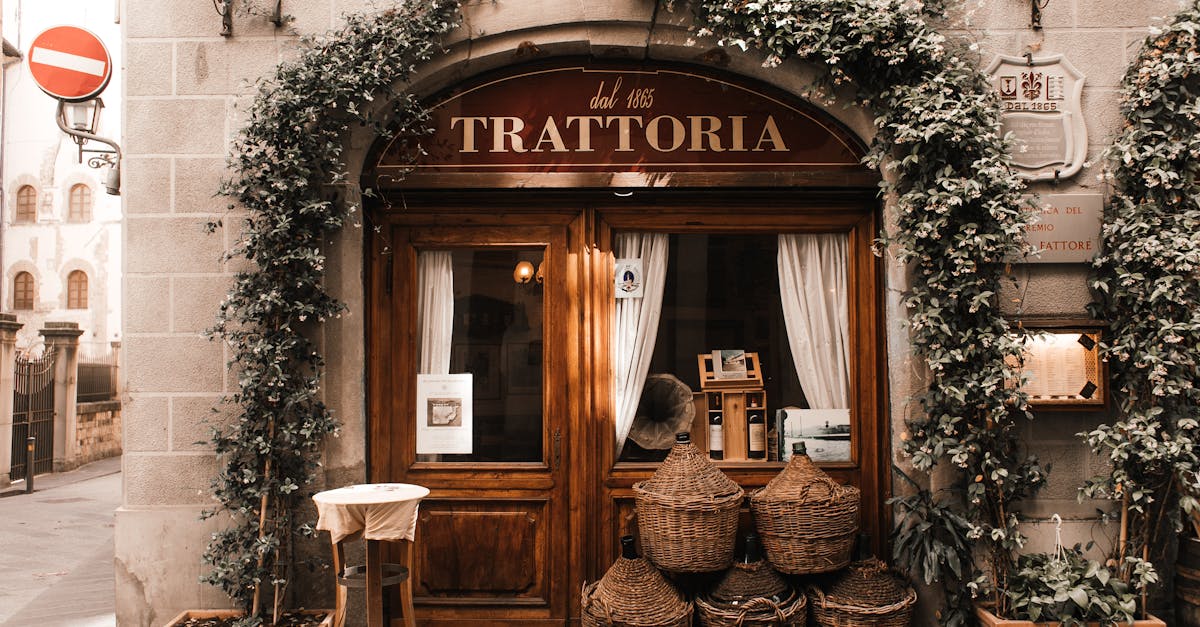
The Role of Recycled Materials in Wall Cladding
Incorporating recycled materials in wall cladding is becoming increasingly prevalent in architecture and construction. This approach significantly reduces waste, conserves natural resources, and lessens the carbon footprint associated with producing new materials. By using sources such as reclaimed wood, recycled metal, or surplus bricks, builders can create aesthetically pleasing and functional designs while supporting sustainability efforts.
Several notable projects have successfully integrated sustainable wall cladding into their designs, showcasing a range of eco-friendly materials. One example is a coastal home in Tasmania that utilises weathered timber salvaged from old buildings. This approach not only reduces waste but also enhances the aesthetic appeal of the property, blending harmoniously with the natural landscape.
In urban environments, a recent office building in Melbourne demonstrates the use of recycled metal panels for its exterior. This innovative cladding method provides durability while significantly lowering the project’s carbon footprint. The design illustrates how sustainable materials can be both functional and visually striking, setting a precedent for future developments in the region.
Challenges in Transitioning to EcoFriendly Materials
Using recycled materials for wall cladding helps reduce waste, lowers the demand for new materials, conserves natural resources, and often results in a unique aesthetic. Additionally, it can contribute to better energy efficiency and lower overall building costs.
Can you provide examples of successful eco-friendly wall cladding projects?
Yes, there are numerous examples of successful eco-friendly wall cladding projects. Case studies include buildings that have utilised reclaimed wood, recycled metal, and sustainable stone to achieve both aesthetic appeal and environmental benefits while achieving certifications like Green Star.
What challenges might I face when transitioning to eco-friendly materials?
Challenges can include higher initial costs, availability of materials, and potential misconceptions about the durability or performance of eco-friendly options. It's crucial to research and source reliable suppliers to mitigate these issues.
How can I address misconceptions about eco-friendly wall cladding materials?Sitemap
The Impact of Sustainable Wall Cladding on Indoor Air Quality
Innovations in Sustainable Wall Cladding Technologies
Energy-Efficient Wall Cladding Solutions for a Greener Future
Biophilic Design: Integrating Nature with Wall Cladding